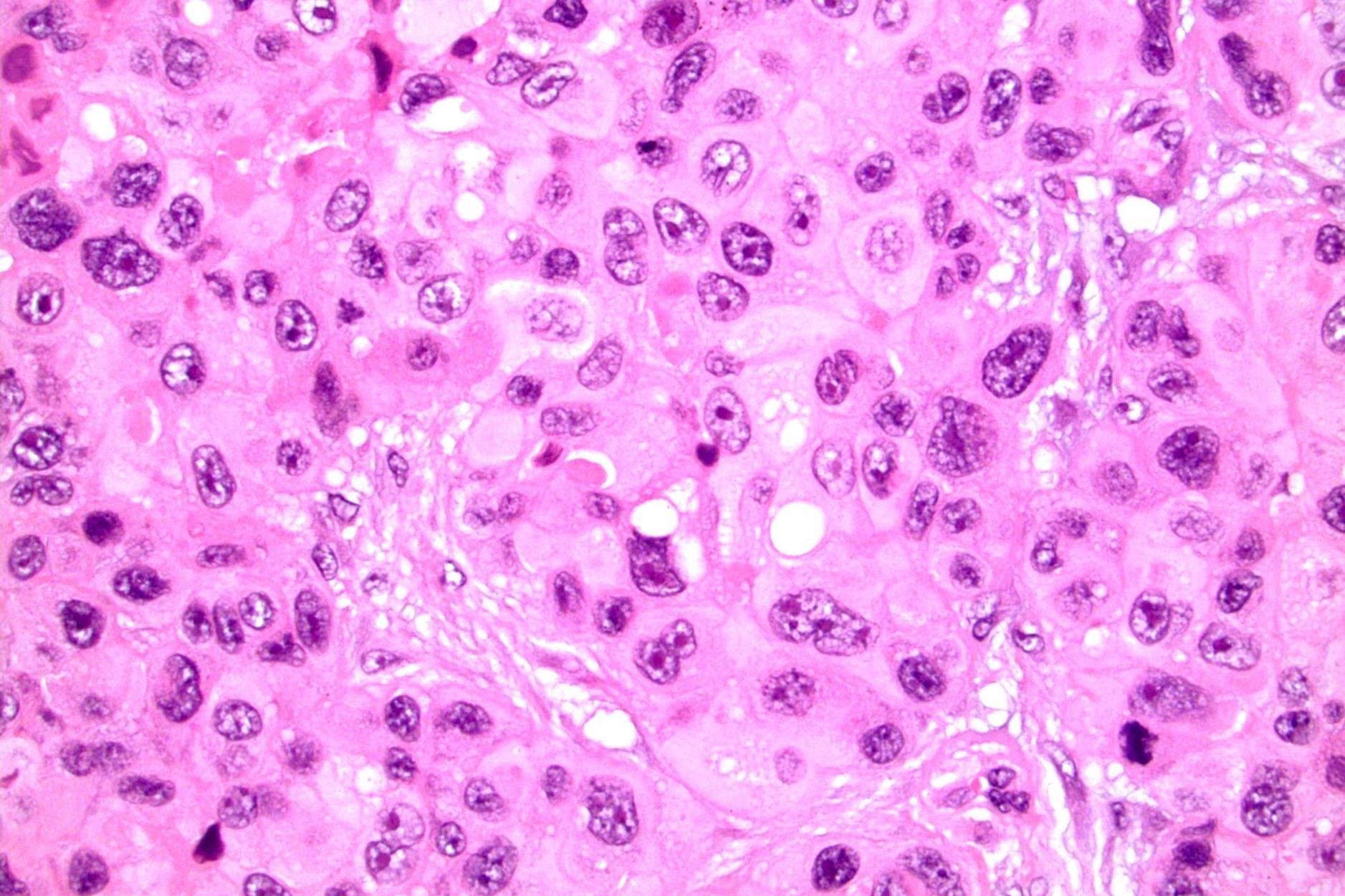
Trophoblastic neoplasms are rare but serious conditions that arise from abnormal growth of cells inside a woman's uterus. These cells, known as trophoblasts, usually form part of the placenta during pregnancy. When they grow uncontrollably, they can lead to various types of tumors, some benign and others malignant. Understanding these neoplasms is crucial for early detection and treatment. This blog post will provide 30 facts about trophoblastic neoplasms, shedding light on their causes, symptoms, treatments, and more. Whether you're a medical student, a concerned individual, or just curious, these facts will help you grasp the essentials of this complex medical condition.
Key Takeaways:
- Trophoblastic neoplasms are rare tumors in the uterus, affecting 1 in 1,000 pregnancies. Early detection and treatment significantly improve survival rates, and most women can have normal pregnancies after treatment.
- Symptoms include abnormal vaginal bleeding and elevated hCG levels. Treatment options vary, including chemotherapy and surgery. Regular prenatal care and monitoring are crucial for early detection and prevention.
What are Trophoblastic Neoplasms?
Trophoblastic neoplasms are a group of rare tumors that involve abnormal growth of cells inside a woman's uterus. These tumors originate from the trophoblast, a layer of cells that forms part of the placenta during pregnancy. Understanding these tumors is crucial for early diagnosis and treatment.
- Trophoblastic neoplasms are rare, affecting about 1 in 1,000 pregnancies.
- They originate from trophoblast cells, which are essential for embryo implantation and placenta formation.
- The most common type is a hydatidiform mole, also known as a molar pregnancy.
- These tumors can be benign or malignant, with malignant forms being more aggressive.
- Choriocarcinoma is a highly malignant type of trophoblastic neoplasm.
Symptoms and Diagnosis
Recognizing the symptoms and getting a timely diagnosis can make a significant difference in treatment outcomes. Here are some key facts about the symptoms and diagnostic methods for trophoblastic neoplasms.
- Common symptoms include abnormal vaginal bleeding, often after a pregnancy event.
- Elevated levels of the hormone hCG (human chorionic gonadotropin) are a significant indicator.
- Ultrasound imaging is frequently used to detect abnormal growths in the uterus.
- A biopsy may be performed to confirm the diagnosis.
- Persistent high hCG levels after a pregnancy can signal the presence of these tumors.
Treatment Options
Treatment for trophoblastic neoplasms varies depending on the type and stage of the tumor. Here are some facts about the treatment methods available.
- Chemotherapy is the primary treatment for malignant trophoblastic neoplasms.
- Surgery, such as a dilation and curettage (D&C), may be required to remove the tumor.
- In severe cases, a hysterectomy might be necessary.
- Radiation therapy is rarely used but can be an option in specific cases.
- Early-stage tumors often have a high cure rate with appropriate treatment.
Risk Factors and Prevention
Understanding the risk factors can help in early detection and prevention of trophoblastic neoplasms. Here are some important facts about what increases the risk and how to potentially prevent these tumors.
- Women over 35 or under 20 are at higher risk.
- A history of molar pregnancies increases the likelihood of developing trophoblastic neoplasms.
- Genetic factors can play a role in susceptibility.
- Regular prenatal care can help in early detection.
- There are no specific preventive measures, but awareness and monitoring are crucial.
Prognosis and Survival Rates
The prognosis for trophoblastic neoplasms varies widely based on several factors. Here are some key points about survival rates and long-term outcomes.
- Early detection and treatment significantly improve survival rates.
- The five-year survival rate for localized choriocarcinoma is over 90%.
- Metastatic cases have a lower survival rate but can still be treated effectively.
- Regular follow-up care is essential to monitor for recurrence.
- Most women can have normal pregnancies after treatment.
Impact on Fertility and Pregnancy
Trophoblastic neoplasms can affect a woman's fertility and future pregnancies. Here are some facts about how these tumors impact reproductive health.
- Fertility can often be preserved with appropriate treatment.
- Women who have had a molar pregnancy should wait at least six months before trying to conceive again.
- Regular monitoring of hCG levels is necessary before attempting another pregnancy.
- Future pregnancies are usually normal, but there is a slightly increased risk of recurrence.
- Psychological support is important for women dealing with the emotional impact of these tumors.
Final Thoughts on Trophoblastic Neoplasms
Trophoblastic neoplasms, though rare, are crucial to understand due to their impact on reproductive health. These tumors originate from placental tissue and can range from benign to highly malignant. Early detection and treatment are vital for a positive outcome. Advances in medical research have significantly improved survival rates, but awareness remains key. Knowing the symptoms, such as abnormal bleeding and high hCG levels, can lead to timely medical intervention. Treatment options include surgery, chemotherapy, and sometimes radiation. Regular follow-ups are essential to monitor for recurrence. By staying informed, individuals can better advocate for their health and seek appropriate care when needed. Understanding these facts empowers patients and healthcare providers alike, fostering a proactive approach to managing this condition.
Frequently Asked Questions
Was this page helpful?
Our commitment to delivering trustworthy and engaging content is at the heart of what we do. Each fact on our site is contributed by real users like you, bringing a wealth of diverse insights and information. To ensure the highest standards of accuracy and reliability, our dedicated editors meticulously review each submission. This process guarantees that the facts we share are not only fascinating but also credible. Trust in our commitment to quality and authenticity as you explore and learn with us.
